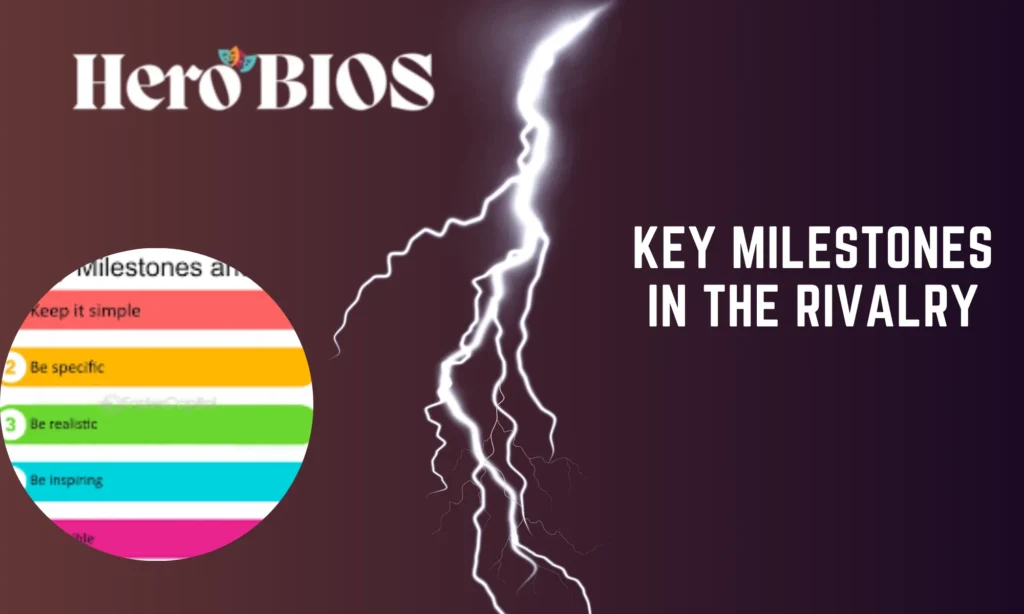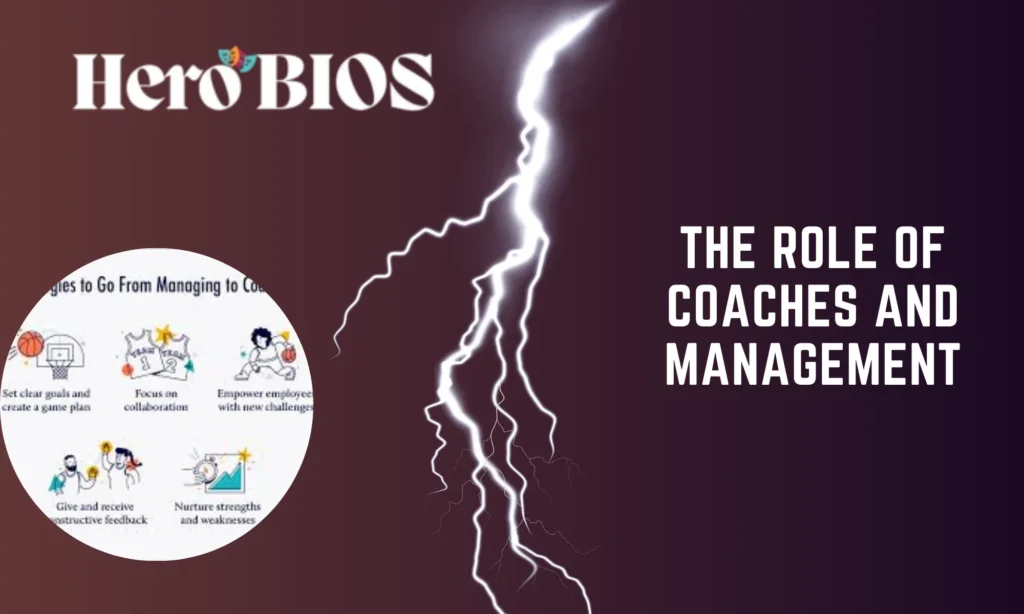The rivalry between the England Women’s National Football Team and the Australia Women’s National Football Team is one of the most exciting and competitive in women’s soccer. Over the years, these two teams have faced off in some unforgettable matches, each shaping the future of women’s football. In this article, we will explore the key moments, players, tactics, and cultural significance behind the growing rivalry between England and Australia, analyzing their head-to-head encounters in detail.
The Early Encounters: Laying the Foundations of a Rivalry
The England Women’s National Football Team and the Australia Women’s National Football Team have a rivalry that dates back to their first official meeting on March 15, 2008. While these initial clashes were friendly matches, they set the stage for the fierce competition that would come in the following years. These early encounters were important not just for the match outcomes but also for the way they helped define the tactical and emotional elements of this rivalry.
Key Moments Leading to the Rivalry’s Birth
- 2008 Friendly Match: England triumphed 2-0, marking the first official meeting between these teams.
- 2009 FIFA Women’s World Cup Qualifiers: Both teams battled for a spot in the World Cup, and though the matches were not the most high-profile, they began to build anticipation for future encounters.
These games, although not as high-stakes as some of the more recent competitions, were crucial in laying the foundation for what would evolve into a gripping international rivalry.
Key Milestones in the Rivalry

2009 FIFA Women’s World Cup Qualifiers
In 2009, England and Australia clashed during the World Cup qualifiers. This was an important moment in the rivalry, as both teams were aiming for qualification to the 2011 FIFA Women’s World Cup. England had the upper hand in these qualifiers, winning 2-1 in a tightly contested match. The game not only proved England’s strength in the qualifiers but also set the tone for future encounters between the two sides.
2011 FIFA Women’s World Cup (Group Stage)
Fast forward to 2011, the two teams met again in the FIFA Women’s World Cup group stage in Germany. England came out on top with a 2-0 victory over Australia, further establishing their dominance on the world stage. This victory was significant because it showed the strength of England’s tactical discipline and team organization. On the other hand, the match served as a reminder that Australia had a lot of room for improvement, particularly in their defensive strategy.
2015 FIFA Women’s World Cup (Quarter-Final)
In one of the most iconic moments of this rivalry, England faced Australia in the quarter-finals of the 2015 FIFA Women’s World Cup in Canada. The game ended with a dramatic 1-0 victory for England, with a standout performance from Laura Bassett. This was a turning point for the rivalry, as it was no longer just about competitive friendly matches but about making deep runs in global tournaments.
2016 SheBelieves Cup
A few years later, in 2016, the teams met at the SheBelieves Cup, a friendly competition held in the United States. The game ended in a 1-1 draw, highlighting the growing parity between the two teams. Both sides used this tournament to experiment with tactics and player rotations ahead of more significant competitions.
2017 Women’s International Champions Cup
In the 2017 Women’s International Champions Cup, England and Australia met again, but this time the stakes were different. This was a club-based tournament, not a national team competition. Nonetheless, the clash between teams like Sam Kerr and Lucy Bronze showcased the rising prominence of women’s club football, and how the players from both teams were becoming global stars.
2019 FIFA Women’s World Cup (Quarter-Final)
In another high-profile moment, England and Australia faced each other again in the 2019 FIFA Women’s World Cup quarter-final. This match was historic, as it was the first time Australia had made it this far in a Women’s World Cup. However, England won 2-1, with Ellen White scoring an important goal. This match was seen as a pivotal moment for both teams: England was advancing towards their best-ever World Cup finish, while Australia’s journey showed that they were closing in on the elite tier of global football.
2023 FIFA Women’s World Cup (Semi-Final)
The most recent chapter in this rivalry came during the 2023 FIFA Women’s World Cup, when the two teams met in the semi-finals. This was perhaps the most highly anticipated encounter between the two teams, given their rise in international women’s football. Australia, with their star player Sam Kerr, came out victorious in a thrilling 3-1 match. This game was historic for Australia, as it secured their first-ever spot in the World Cup final.
Tactical Battles on the Pitch

Over the years, the tactical approaches of both teams have evolved significantly, often influenced by the changing landscape of women’s football.
England’s Tactical Evolution
Under the guidance of Sarina Wiegman, England has developed into one of the most organized and disciplined teams in the world. They are known for their possession-based play and high-pressure approach, constantly looking to dominate the ball and control the tempo of the match.
England’s style of play emphasizes quick transitions from defense to attack, with players like Lucy Bronze and Lauren James excelling in these high-speed breaks. Their structured defensive approach, led by Steph Houghton, allows them to absorb pressure and strike quickly.
Australia’s Tactical Journey
Australia, under various coaches including Alen Stajcic and Tony Gustavsson, has become known for their pressing style and direct attacking. Australia’s quick transition play is a hallmark of their style, with players like Caitlin Foord and Ellie Carpenter using their speed and agility to create opportunities on the counter-attack. Sam Kerr’s ability to score goals from almost any situation makes them a constant threat.
Both teams have continuously adapted their tactics to stay competitive, with England often looking for control and Australia relying on explosive moments.
The Impact of Individual Performances
For England
Ellen White: The all-time leading scorer for England’s women’s team, White has been a key figure in many of their encounters with Australia, often making crucial contributions in high-stakes matches.
Lucy Bronze: Known for her ability to get forward and deliver excellent crosses, Bronze is one of the standout performers in England’s midfield. Her leadership on the pitch has been critical in several meetings with Australia.
Steph Houghton: A central figure in defense, Houghton’s leadership and ability to read the game make her an essential part of England’s team, especially in the heat of rivalry matches.
For Australia
Sam Kerr: One of the biggest names in women’s football, Kerr has a remarkable ability to find the back of the net. Her performances in the 2019 and 2023 World Cups were especially impressive.
Caitlin Foord: Foord’s pace and creativity make her a dangerous player on the wing. She is always a constant threat in games against England, capable of creating chances for herself and her teammates.
Ellie Carpenter: As one of the best full-backs in women’s football, Carpenter’s overlapping runs and defensive solidity have made her an essential part of Australia’s strategy against top teams like England.
The Role of Coaches and Management

The coaching strategies and transitions within both teams have had a significant impact on the rivalry. England’s Sarina Wiegman, who took over in 2021, has built on the tactical foundation laid by her predecessors, focusing on creating a cohesive, versatile team capable of competing against the best.
Australia’s Tony Gustavsson, who took charge in 2020, has worked on developing a team capable of competing against the elite, fostering a competitive, high-energy style of play.
Media and Public Engagement
As the rivalry between England Women’s National Football Team and Australia Women’s National Football Team has grown, so too has the media coverage. Both teams now receive extensive coverage, with their encounters being followed by millions worldwide. Social media plays a major role in amplifying the rivalry, allowing fans from both nations to express their support and passion.
Key Dates in the Rivalry:
| Date | Event |
|---|---|
| March 15, 2008 | First official match between England and Australia |
| July 1, 2011 | 2011 FIFA Women’s World Cup match |
| June 27, 2015 | 2015 FIFA Women’s World Cup Quarter-Final |
| March 6, 2016 | SheBelieves Cup Draw |
| June 25, 2019 | 2019 FIFA Women’s World Cup Quarter-Final |
| August 16, 2023 | 2023 FIFA Women’s World Cup Semi-Final |
This is just the beginning of a rivalry that has captivated the world of women’s football. As England and Australia continue to climb the ranks, we can expect many more thrilling encounters in the years to come.
Future Prospects: What’s Next for the Rivalry?
As both England and Australia continue to evolve as top-tier teams in women’s football, the future of their rivalry looks incredibly promising. Both nations are investing heavily in their women’s football programs, with a focus on nurturing young talent and improving their overall infrastructure. Here are some of the key factors that will shape the next chapters of this fierce rivalry.
Rising Stars
Both teams have an impressive pool of young talent coming through, which is likely to intensify the rivalry in future tournaments.
- England’s Future Stars: The likes of Lauren Hemp, Alessia Russo, and Fran Kirby have already shown their potential, but there are plenty more young players coming through the ranks, ready to make their mark. The emergence of youth academies and investment in grassroots football will continue to push the standard of play higher for the England women’s team.
- Australia’s Future Stars: With the emergence of players like Mary Fowler, Kyah Simon, and Claudia Bunge, the future of Australia’s women’s football is bright. These players are not just promising talents but also a vital part of Australia’s strategy to continue competing at the highest level.
As the younger generation gains experience on the international stage, their involvement in the rivalry will only increase, pushing both teams to raise their game.
The Impact of Global Tournaments on the Rivalry

2024 Paris Olympics
Looking ahead to the 2024 Paris Olympics, both teams are already preparing for the prestigious event. With places in the Olympic women’s football tournament at stake, the competition is set to intensify. England and Australia will undoubtedly cross paths in the Olympic qualifiers or even further in the knockout stages if they meet in Paris.
- England’s Olympic Ambitions: Having secured a spot in the Tokyo 2020 Olympics (which were delayed to 2021), England will be eager to build on their strong international standing and push for a medal in Paris. With Sarina Wiegman’s tactical expertise, England is likely to be one of the favorites for a podium finish.
- Australia’s Olympic Dreams: Australia will enter the 2024 Olympics with a renewed sense of confidence, especially after their strong showing in the 2023 Women’s World Cup. With Sam Kerr leading the charge, Australia will be eager to claim a medal and prove that their success on the world stage wasn’t just a fluke.
If the two teams meet again in Paris, it will be another significant moment in their ongoing rivalry, with both sides eager to assert dominance.
2027 FIFA Women’s World Cup
The 2027 FIFA Women’s World Cup will be another huge milestone for both teams. Australia will be aiming to build on their progress from the 2023 tournament, where they reached the semi-finals for the first time in history. This could be the year that Australia finally claims their first World Cup title, with players like Sam Kerr and Caitlin Foord entering their prime.
England, however, will not be sitting idle. After their impressive third-place finish in 2019, they will be determined to continue their momentum and secure their first World Cup win. With Sarina Wiegman at the helm, England’s meticulous approach to tournament football will be a key factor in their World Cup ambitions.
Fan Culture and the Rivalry

One of the most unique aspects of this rivalry is the role that fans play in fueling the competition. Both England and Australia have passionate and vocal fan bases, who bring energy to every match. As women’s football continues to grow in popularity, the role of supporters is becoming more and more important in creating an electrifying atmosphere for these encounters.
- England Fans: English football fans are known for their strong support of the national team. The enthusiasm for women’s football has been growing exponentially, with record attendances at major tournaments such as the UEFA Women’s Euro 2022, where England won the championship. These fans will undoubtedly bring their support to future clashes with Australia, adding to the intensity of the rivalry.
- Australia Fans: The Australian public has also become more invested in the women’s game, especially after the success of the national team at the 2023 Women’s World Cup. Fans in Australia are incredibly passionate about their football, and the rivalry with England has only increased their engagement with the team. The team’s rise in prominence has led to larger crowds and more media attention, ensuring that their matches, especially against England, will be high-profile events.
The Cultural Significance of the Rivalry
England’s Legacy in Women’s Football
England’s national women’s team has long been one of the pioneers in women’s football, dating back to their first international match in 1972. The team has seen a steady rise in prominence, and their victory in the 2022 UEFA Women’s Euro was a milestone in their history. For England, beating Australia in a major tournament is not just about securing another victory; it is about reaffirming their place as one of the dominant forces in global women’s football.
Australia’s Emergence as a Powerhouse
For Australia, the rivalry with England holds great significance as they look to establish themselves as a powerhouse in women’s football. The 2023 FIFA Women’s World Cup marked a turning point for the Matildas, who reached the semi-finals for the first time. Beating a team like England would be a statement that Australia has fully arrived on the international stage and can compete with the best of the best.
FAQs
When did the rivalry between England and Australia women’s football teams begin?
The rivalry between the two teams began in 2008, when they first met in an international friendly match. Since then, the rivalry has grown, especially with their encounters in major tournaments.
2. What was the first official match between England and Australia women’s football teams?
The first official match between the teams took place on March 15, 2008, in a friendly match. The rivalry has evolved significantly since that initial encounter.
3. How many times have England and Australia faced off in the FIFA Women’s World Cup?
As of 2023, England and Australia have faced each other twice in the FIFA Women’s World Cup—in the 2015 and 2019 quarter-finals.
4. Which team won the most recent match between England and Australia?
The most recent encounter was during the 2023 FIFA Women’s World Cup Semi-Final, where England emerged victorious, winning 3-1 to advance to the final.
5. What are some key players in the England and Australia women’s teams?
- England: Ellen White, Lucy Bronze, Steph Houghton, Lauren Hemp, and Fran Kirby.
- Australia: Sam Kerr, Caitlin Foord, Mary Fowler, Ellie Carpenter, and Kyah Simon.
6. Has England ever won a FIFA Women’s World Cup?
No, England has never won a FIFA Women’s World Cup. Their best finish was in 2015, when they secured third place.
7. What was the result of the 2019 FIFA Women’s World Cup quarter-final match between England and Australia?
In the 2019 FIFA Women’s World Cup quarter-final, England defeated Australia 2-1, with Ellen White scoring a crucial goal to send England to the semi-finals.
8. How did Australia perform in the 2023 FIFA Women’s World Cup?
Australia had their best performance in the 2023 FIFA Women’s World Cup, reaching the semi-finals for the first time, where they were defeated by England.
9. What is the significance of the 2015 FIFA Women’s World Cup quarter-final between England and Australia?
The 2015 quarter-final match was a pivotal moment in the rivalry, where England defeated Australia 1-0, eliminating the Matildas from the tournament and cementing England’s position as a major contender.
10. How has the coaching of England and Australia evolved?
- England’s Coach: Sarina Wiegman took charge in 2021 and led England to victory in the 2022 UEFA Women’s Euro. Her tactical expertise has been key in elevating England’s performance.
- Australia’s Coach: Tony Gustavsson, who took over in 2020, helped steer the team to the 2023 World Cup semi-finals, emphasizing a more dynamic, counter-attacking style of play.
11. What are some key tactical differences between England and Australia’s playing styles?
- England: Known for their possession-based play, high-pressing defense, and structured team formations under Sarina Wiegman.
- Australia: Emphasizes quick transitions, counter-attacks, and a pressing style, with a more fluid attacking strategy led by Sam Kerr.
12. How do the fans contribute to the England vs Australia rivalry?
Both nations have passionate fanbases that fuel the intensity of the rivalry. England has a strong football culture, particularly following their success in the 2022 UEFA Women’s Euro, while Australia has seen a surge in support, especially after their strong showing in the 2023 FIFA Women’s World Cup.
13. Has the rivalry between England and Australia influenced women’s football globally?
Yes, their encounters have contributed significantly to the global visibility of women’s football, showcasing the growing competitiveness between nations and inspiring more interest in women’s football globally.
14. What is the next major competition where England and Australia could meet?
The next major tournament where England and Australia could face off is the 2024 Paris Olympics, where both teams will be aiming for gold.
15. What is the historical significance of the England vs Australia football rivalry?
The rivalry has evolved from friendly matches to high-stakes encounters in major international tournaments. It symbolizes the growth of women’s football in both nations, with England seeking to maintain their status as a top-tier team and Australia emerging as a new powerhouse in the global game.
Conclusion:
The rivalry between England and Australia in women’s football has already delivered some of the most thrilling and memorable moments in the sport’s history. As both teams continue to evolve and rise to the challenge of global competition, the intensity and significance of their encounters will only grow. With major tournaments like the 2024 Olympics and the 2027 FIFA Women’s World Cup on the horizon, we can expect even more high-stakes matches and unforgettable moments.
As the two teams continue to shape the future of women’s football, their rivalry will remain a central storyline for years to come, captivating fans across the world. Whether it’s for a spot in a final, a title, or simply bragging rights, England and Australia will undoubtedly keep us on the edge of our seats as their rivalry continues to develop into one of the most exciting in international women’s football.










